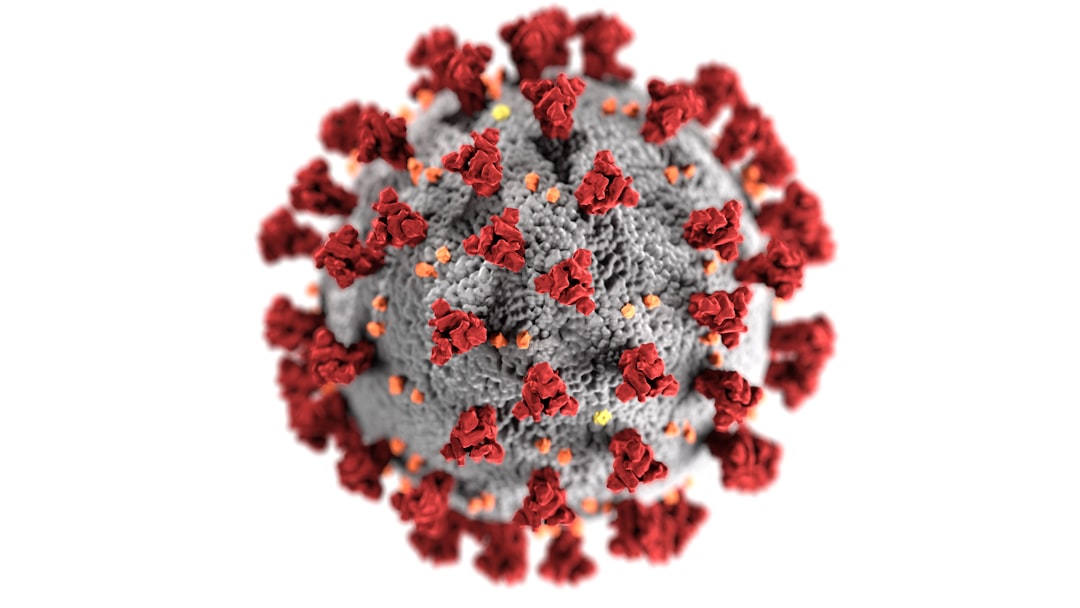What is it about?
As a hepatitis B virus (HBV) envelope domain, preS plays significant roles in receptor recognition and viral infection. However, the regions critical for maintaining a stable and functional conformation of preS are still unclear and require further investigation. In order to unravel these regions, serially truncated fragments of preS were constructed and expressed in Escherichia coli. Their solubility, stability, secondary structure, and affinity to polyclonal antibodies and hepatocytes were examined. The results showed that amino acids 31–36 were vital for its stable conformation, and the absence of 10–36 amino acids significantly reduced its binding to polyclonal antibodies as well as hepatocytes. The most stable fragment 1–120 (preS1 + N-terminal 12 amino acids of preS2), perhaps the core of preS, was discovered, which bound to HepG2 cells most tightly. Moreover, the availability of large amounts of well-folded and stable preS1-120 enables us to carry out further structural determination and mechanistic study on HBV infection.
Featured Image
Read the Original
This page is a summary of: Identification of the critical regions in hepatitis B virus preS required for its stability, Journal of Peptide Science, January 2008, Wiley,
DOI: 10.1002/psc.929.
You can read the full text:
Contributors
The following have contributed to this page










